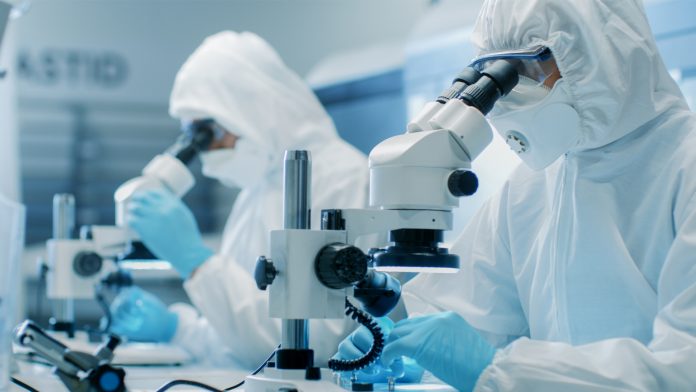With threats like the coronavirus and deadly influenza viruses’ scientists have created a new method of disinfecting the world around us using nanotechnology.
Nanosafety researchers at the Harvard TH Chan School of Public Health have developed a new intervention to fight infectious disease by more effectively disinfecting the air around us, our food, our hands, and whatever else harbours the microbes that make us sick.
The researchers, from the School’s Center for Nanotechnology and Nanotoxicology, were led by Associate Professor of Aerosol Physics Philip Demokritou, the centre’s director, and first author Runze Huang, a postdoctoral fellow there. They used a nano-enabled platform developed at the centre to create and deliver tiny, aerosolised water nonodroplets containing non-toxic, nature-inspired disinfectants wherever desired.
According to Demokritou: “Infectious diseases are still emerging. Microorganisms are smarter than we thought and evolving new strains. It’s a constant battle. And when I talk about infectious diseases, I’m mainly talking about airborne and foodborne diseases: For example, flu and tuberculosis are airborne diseases, respiratory diseases, which cause millions of deaths a year. Foodborne diseases also kill 500,000 people annually and cost our economy billions of dollars.”
Currently, washing your hands is a primary measure to reduce infectious diseases. We use chemicals like alcohol as a disinfectant, we are also using other chemicals like triclosan and chlorhexadine. There’s research linking these chemicals to the increase in antimicrobial resistance. Additionally, some people are sensitive to frequent washes and rubbing with chemicals. That’s where new approaches come into play. So, within the last four or five years, researchers at Harvard TH Chan School of Public Health have been trying to develop nanotechnology-based interventions to fight infectious diseases.
Demokritou said: “We have the tools to make these engineered nanomaterials and, in this particular case, we can take water and turn it into an engineered water nanoparticle, which carries its deadly payload, primarily nontoxic, nature-inspired antimicrobials, and kills microorganisms on surfaces and in the air.”
“It is fairly simple, you need 12 volts DC, and we combine that with electrospray and ionisation to turn water into a nanoaerosol, in which these engineered nanostructures are suspended in the air.
“These water nanoparticles have unique properties because of their small size and also contain reactive oxygen species. These are hydroxyl radicals, peroxides, and are similar to what nature uses in cells to kill pathogens.
“These nanoparticles, by design, also carry an electric charge, which increases surface energy and reduces evaporation. That means these engineered nanostructures can remain suspended in air for hours. When the charge dissipates, they become water vapor and disappear.”






